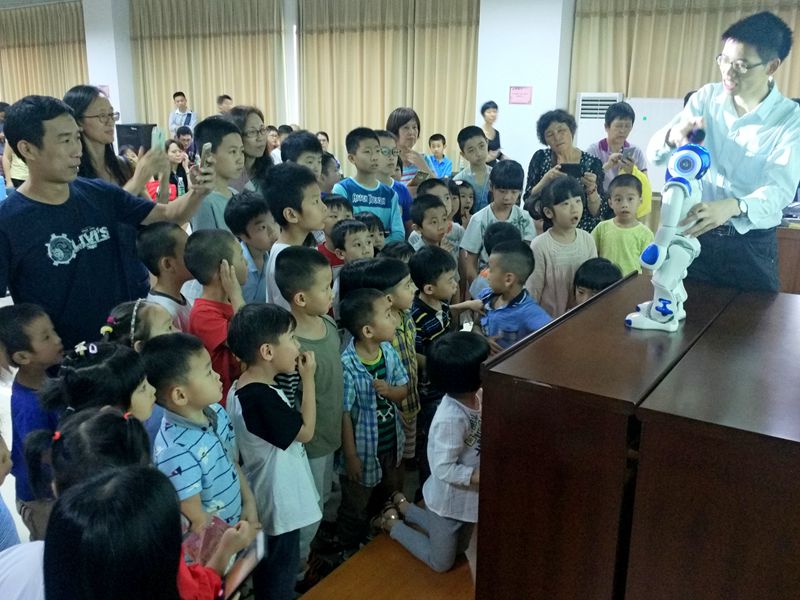2023年03期 v.44 17-22页
赵彦龙1 钟震宇2
(1.内蒙古军区数据信息室,内蒙古 呼和浩特 010051
2.广东省科学院智能制造研究所,广东 广州 5100700)
摘要:针对行为识别领域中异常行为相似度高、特征关联度强等因素,导致相似性异常行为难识别的问题,提出一种基于注意力机制的异常行为识别方法。首先,将基于解耦结构的预测模块嵌入到基于3D卷积的双流行为识别网络中,改善网络对视觉细粒度特征的表达能力;然后,分别构建空间注意力模块和时间注意力模块,提高模型对空间关键特征区域的提取和时间维度上长期依赖关系的捕捉;最后,经过测试,6种异常行为的识别精度均达到97.6%,验证了该方法的有效性。
关键词:异常行为;3D卷积;解耦结构;空间注意力;时间注意力
中图分类号:TP391.4 文献标志码:A 文章编号:1674-2605(2023)03-0003-06
DOI:10.3969/j.issn.1674-2605.2023.03.003
Abnormal Behavior Recognition Method Based on Attention Mechanism
ZHAO Yanlong1 ZHONG Zhenyu2
(1.Data Information Office, Inner Mongolia Military Region, Hohhot 010051, China
2.Institute of Intelligent Manufacturing, Guangdong Academy of Sciences, Guangzhou 510070, China)
Abstract: An abnormal behavior recognition method based on attention mechanism is proposed to address the issue of difficulty in identifying similar abnormal behaviors due to factors such as high similarity and strong feature correlation in the field of behavior recognition. Firstly, the prediction module based on decoupling structure is embedded into the dual flow behavior recognition network based on 3D convolution to improve the network's ability to express visual fine-grained features; Then, construct a spatial attention module and a temporal attention module respectively to improve the model's ability to extract key spatial feature regions and capture long-term dependencies in the temporal dimension; Finally, after testing, the recognition accuracy of six abnormal behaviors reached 97.6%, verifying the effectiveness of this method.
Keywords: abnormal behavior; 3D convolution; decoupling structure; spatial attention; temporal attention
























































